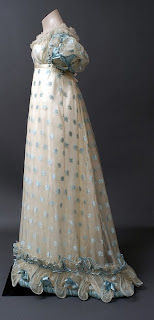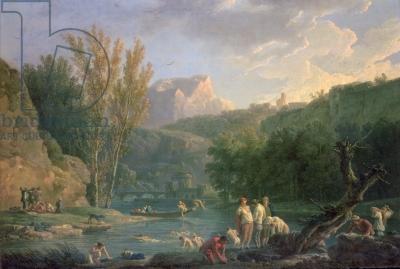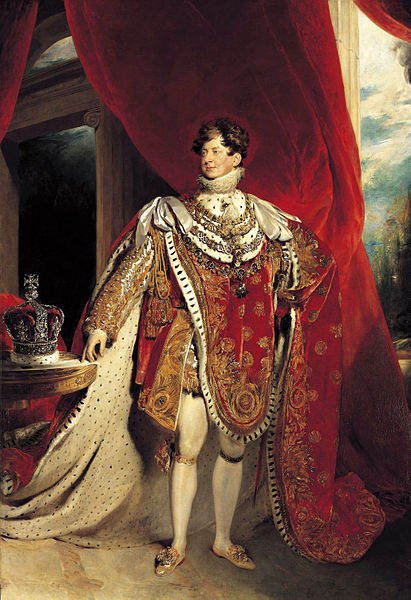 Today is a grand day in the United States of America. Inauguration Day! No matter what our political affiliations, Inauguration Day is a day we celebrate. In a way it is a celebration of our system of electing government.
Today is a grand day in the United States of America. Inauguration Day! No matter what our political affiliations, Inauguration Day is a day we celebrate. In a way it is a celebration of our system of electing government.
In honor of Inauguration Day, I thought it would be fun to do some contrast between this day and the Coronation of George IV, formerly the Prince Regent or informally, “Prinny.”
Time
Our inauguration ceremony is not on the actual day of inauguration. The legal oath of office took place yesterday, November 20, but the ceremonial oath of office and parade are taking place today. George III died January 29, 1820, and upon his death, the Prince Regent became king, but he was not crowned king until July 19, 1821. George wanted a little time to plan…
Competition
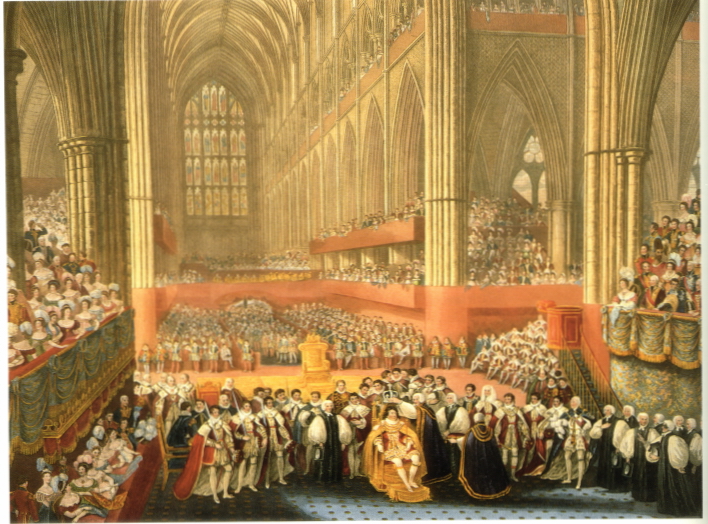 I suspect the planners of the Inauguration want it to stack up nicely with other inaugurations, especially those of the opposing political party. George IV had a similar (if exaggerated) bent. He was determined that his coronation would outshine Napoleon’s coronation of 1804, which was a lavish affair memorialized in a painting by David. George IV’s coronation painting by A.C. Pugin showcases the grandeur of Westminster Abbey as well as the pageantry of the ceremony.
I suspect the planners of the Inauguration want it to stack up nicely with other inaugurations, especially those of the opposing political party. George IV had a similar (if exaggerated) bent. He was determined that his coronation would outshine Napoleon’s coronation of 1804, which was a lavish affair memorialized in a painting by David. George IV’s coronation painting by A.C. Pugin showcases the grandeur of Westminster Abbey as well as the pageantry of the ceremony.
Location
Both ceremonies take place in/around famous buildings. President Obama’s inauguration will take place on the Capitol steps. George IV’s coronation took place in Westminster Abbey.
Cost
George IV’s coronation cost the equivalent of 15 million dollars, a little more than half of this amount was compelled to be paid by France, which was like thumbing his nose, I suspect. George IV’s coronation was Britain’s most expensive ever, but, shockingly, it does not compare to the cost of our inauguration. Estimates put that cost at $53 million (paid for by donations). Of course, there are costs for the inauguration that simply would not have existed in 1821. There will be a security force including 6,000 military personnel, 45 dog handlers, 7,000 police, as well as other expenses.
The Clothes
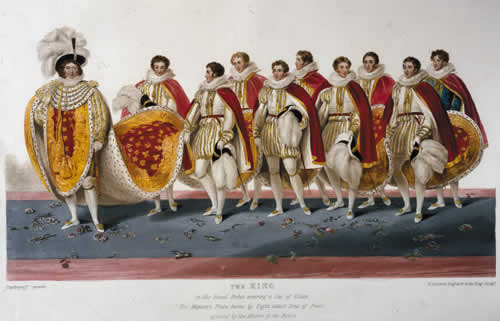 The clothes that interest us at the inauguration are worn by the women. What will Michelle Obama wear? Jill Biden? Any of the other female dignitaries and guests? We’ll notice the men only if their suits are odd for some reason. But George IV was made of sterner stuff. He spent 24,000 pounds on a Coronation robe. It was made of crimson velvet with gold stars and ermine trim and a train that stretched 27 feet. George IV also commissioned a new crown adorned with 12,314 hired diamonds. The jewels were rented from Rundell & Bridge and were set so that light entered through the open back of the setting, like jewels are set today. The new king also acquired the Hope diamond. In addition to his own costume which included a brown wig and a black Spanish hat with ostrich feathers and a heron’s plume, George IV commissioned costumes for his participants in the Tudor style. One has to wonder what the various lords felt about such dress.
The clothes that interest us at the inauguration are worn by the women. What will Michelle Obama wear? Jill Biden? Any of the other female dignitaries and guests? We’ll notice the men only if their suits are odd for some reason. But George IV was made of sterner stuff. He spent 24,000 pounds on a Coronation robe. It was made of crimson velvet with gold stars and ermine trim and a train that stretched 27 feet. George IV also commissioned a new crown adorned with 12,314 hired diamonds. The jewels were rented from Rundell & Bridge and were set so that light entered through the open back of the setting, like jewels are set today. The new king also acquired the Hope diamond. In addition to his own costume which included a brown wig and a black Spanish hat with ostrich feathers and a heron’s plume, George IV commissioned costumes for his participants in the Tudor style. One has to wonder what the various lords felt about such dress.
The Wives
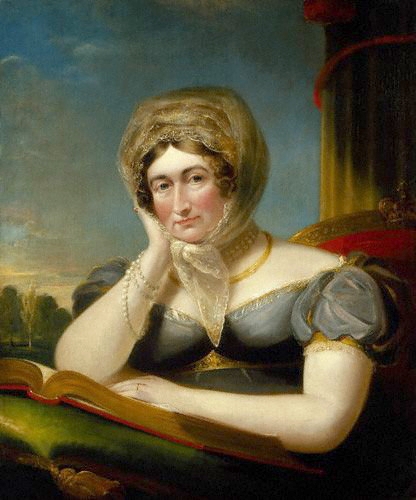 When our President takes the oath of office, standing next to him, looking as proud as a woman can look will be Michelle, his wife, the First Lady. All of our modern images of the inauguration ceremony include the wife. Caroline of Brunswick, the King’s wife, however, was banned from the ceremony altogether. The King had already tried and failed to get a divorce from Caroline; he was determined that she be banned from the coronation. He hired prizefighters dressed as pages to prevent her entrance into Westminster Abbey. Although she did try to gain entrance, crying, “I am the Queen of England,” she failed. She died 19 days later.
When our President takes the oath of office, standing next to him, looking as proud as a woman can look will be Michelle, his wife, the First Lady. All of our modern images of the inauguration ceremony include the wife. Caroline of Brunswick, the King’s wife, however, was banned from the ceremony altogether. The King had already tried and failed to get a divorce from Caroline; he was determined that she be banned from the coronation. He hired prizefighters dressed as pages to prevent her entrance into Westminster Abbey. Although she did try to gain entrance, crying, “I am the Queen of England,” she failed. She died 19 days later.


